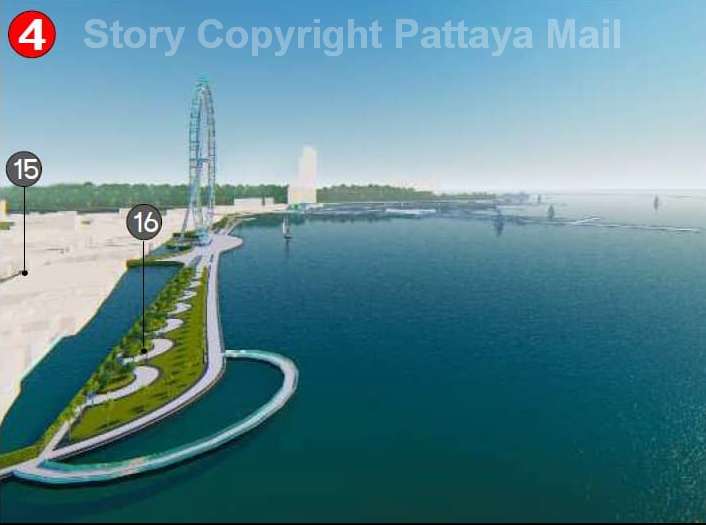
Every few years, Pattaya officials contemplate tearing down Walking Street’s seedy bars and replacing them with a natural, family-friendly attraction. While a high-season river of cash used to wash away such thoughts, the nightlife strip’s current shutdown has administrators rethinking their options again.
That was the backdrop for a June 11 meeting where architects presented renderings and master-plan ideas for an all new walking street, where trees supplant chrome poles and where cruise ships dock where Bali Hai Pier is now.
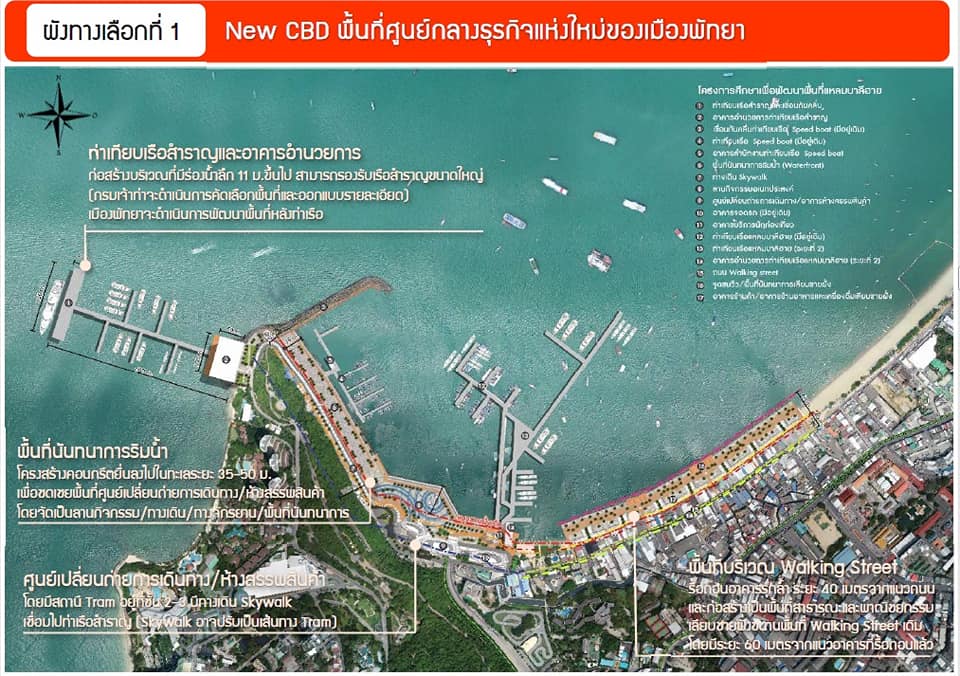
Pattaya officials are keen to grab as much of the government’s Eastern Economic Corridor cash buffet as possible and are throwing as many lavish, big-budget ideas at the wall as they can come up, hoping one sticks and the cash lands in their pockets.
Thus Thursday’s presentations were filled with grand ideas for monorails, cruise terminals and waterfront parks built on landfill extending from Walking Street’s current western side.
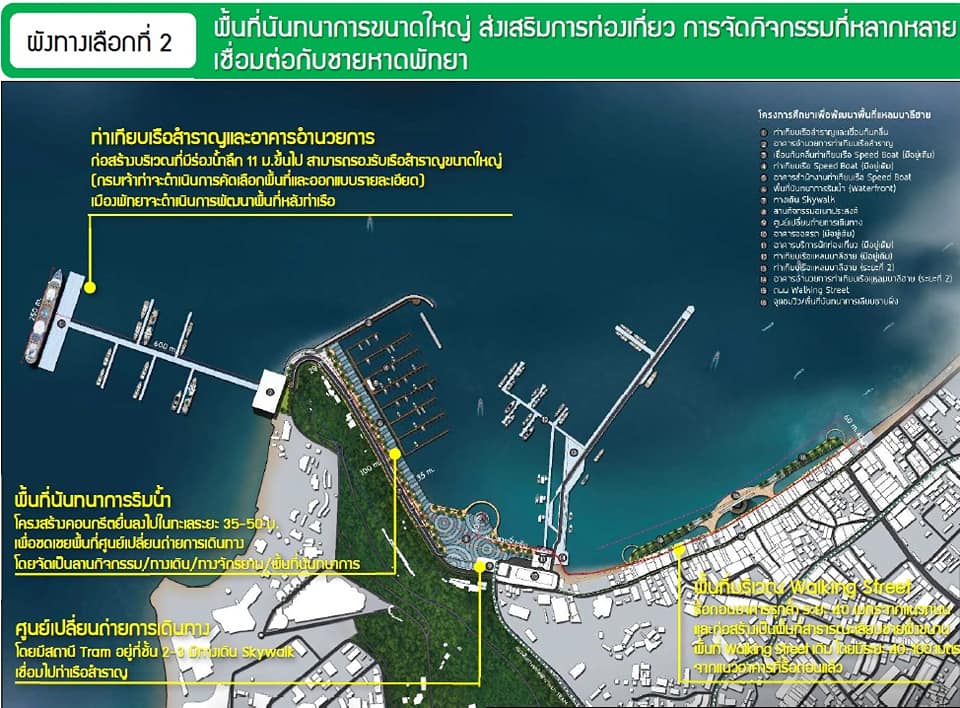
All of this, of course, would be connected to the expanded U-Tapao-Rayong-Pattaya Airport by a mythical high-speed train, with all of it in place by 2025.
With Pattaya unable to lay new sewage pipes in Naklua within the promised year, few are confident in the schedule for any grander plans. Then there is the matter of the expectations that Thailand’s economy will shrink by 7 percent in 2020, plunging the country into recession by year-end.
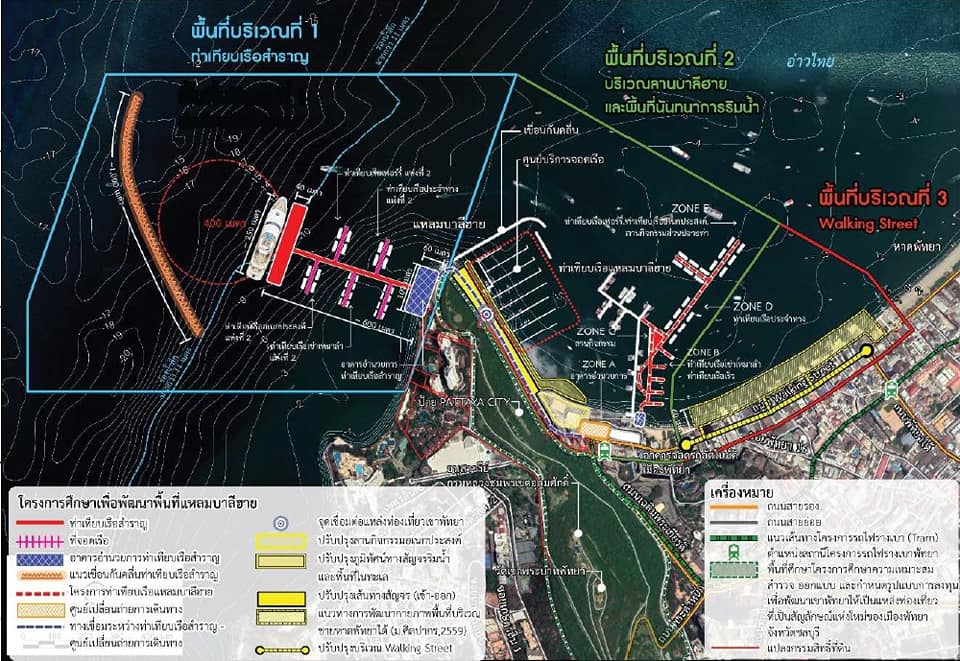
The idea last reared its head in 2016 when Walking Street property owners again successfully thwarted a move to demolish up to half of the nightlife district due to public-land encroachment, a battle that has been raging for 25 years.
At the second public hearing on the 1.5-billion-baht proposal to redevelop the waterfront side of Walking Street into a public park, property owners presented rafts of documents they claimed were legal property and land deeds and demanded their authenticity be investigated before any further action on the redevelopment plan occurs.
The issue died there.
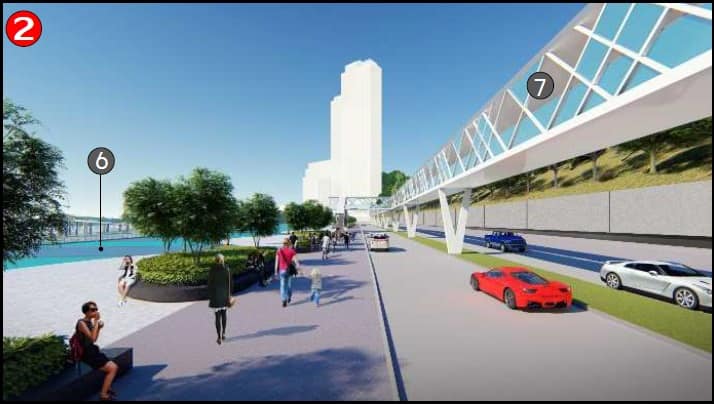
As early as 1988, 101 structures were deemed to be encroaching on public land and targeted for demolition. But the impact on tourism that demolishing so many of the bars and restaurants would have repeatedly has scuttled any action.
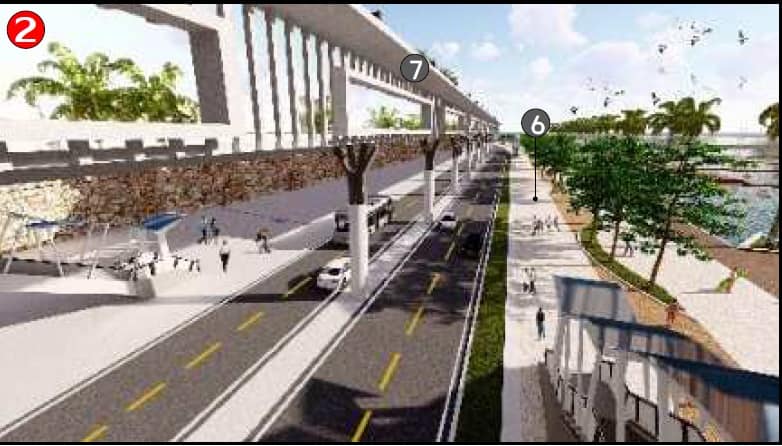
A royal decree on land expropriation issued April 17, 2014 confirmed the findings of the 1998 Japan International Cooperation Agency report. But owners of those properties, including some of Pattaya’s wealthiest and politically connected families, stalled any move to demolish the buildings even as Walking Street grew into Pattaya’s best-known and most-lucrative tourist attraction. (PCPR)
Must Read: Walking Street land owners again scuttle demolition plan – December 2016




